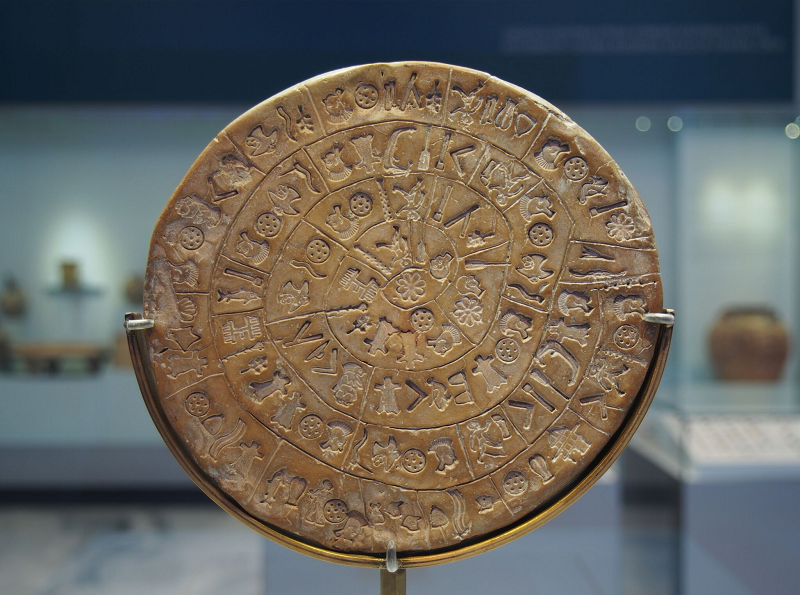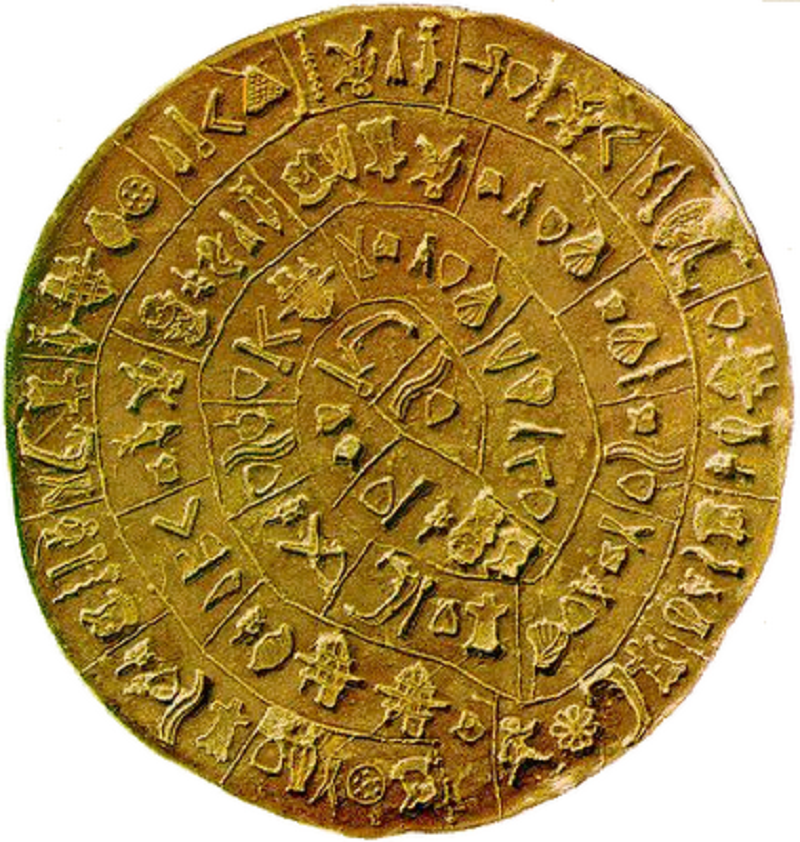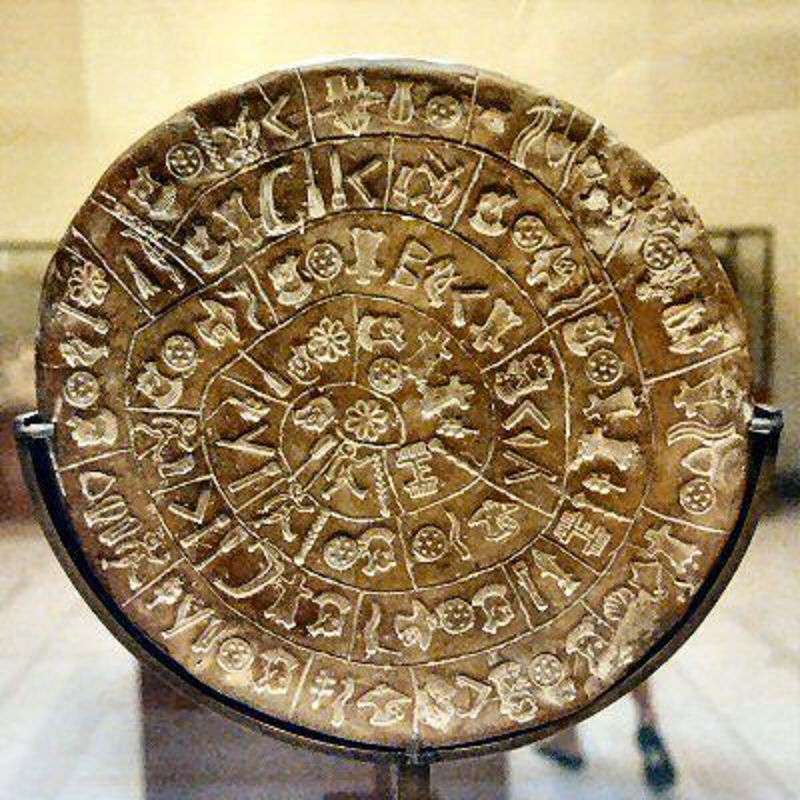Unveiling the Ancient Enigma
Hidden within the annals of history lie mysteries waiting to be unraveled. Among them, the Phaistos Disc stands as a testament to the enigmatic nature of our past. For over 4,000 years, this artifact has intrigued and perplexed archaeologists, historians, and linguists alike. Its inscribed symbols, arranged in a spiral pattern, seem to taunt our attempts to decipher their meaning. Yet, with each passing year, researchers inch closer to unlocking the secrets held within this ancient enigma.

In this exploration, we delve into the captivating world of the Phaistos Disc, tracing its origins, examining the theories surrounding its purpose, and pondering the implications of its unresolved mystery. Join us on a journey through time as we navigate the intricate pathways of ancient civilization and confront the enduring puzzle of the Phaistos Disc.
Deciphering the Symbols of the Phaistos Disc
The story of the Phaistos Disc begins on the island of Crete, in the early 20th century. Discovered in 1908 by Italian archaeologist Luigi Pernier during excavations at the Minoan palace of Phaistos, this clay artifact quickly captured the imagination of scholars worldwide. Measuring about 16 centimeters in diameter and featuring 241 stamped symbols divided into 61 fields, the disc is a unique relic of Minoan civilization.

The symbols themselves are arranged in a spiral pattern, starting from the discs outer rim and winding inward towards the center. They are divided into groups, each consisting of varying combinations of distinct characters, including human figures, animals, plants, and abstract shapes. Despite extensive study and analysis, the meaning behind these symbols remains elusive, giving rise to a multitude of theories and interpretations.
One of the primary challenges in deciphering the Phaistos Disc lies in the absence of any accompanying text or bilingual inscriptions that could provide a key to its symbols. Unlike other ancient writing systems, such as Egyptian hieroglyphs or Mesopotamian cuneiform, which have been deciphered through the discovery of bilingual texts, the Phaistos Disc stands alone, its message shrouded in mystery.

Numerous attempts have been made to unlock the secrets of the disc, employing various methodologies ranging from linguistic analysis to statistical algorithms. Some researchers have proposed that the symbols represent a form of early writing, possibly depicting a narrative, inventory, or religious ritual. Others have suggested that the disc may be a decorative objector a form of ancient game or calendar.
One of the most enduring theories regarding the Phaistos Disc is that it represents a type of syllabic or logo graphic writing system, similar to Linear A, another undeciphered script associated with Minoan civilization. Proponents of this view argue that the discs symbols may encode the language of the Minoan, offering insights into their culture, beliefs, and daily life. However, the absence of a Rosetta Stone-like artifact that could provide a key to unlock the script has hindered progress in decipherment efforts.
Despite these challenges, recent advancements in technology and interdisciplinary research offer new hope for unraveling the mystery of the Phaistos Disc. High-resolution imaging techniques, computational algorithms, and comparative analysis with related scripts have provided fresh perspectives on the artifact and its significance. While the ultimate solution to its riddle remains elusive, each discovery brings us closer to understanding the ancient civilization that created it.

The Enduring Legacy of the Phaistos Disc
As we contemplate the Phaistos Disc and its 4,000-year-old riddle, we are reminded of the enduring legacy of ancient civilizations and the mysteries that still lie hidden beneath the sands of time. In spite centuries of study and speculation, the true meaning of this enigmatic artifact continues to elude us, challenging our intellect and fueling our imagination.
Yet, in our quest to unlock its secrets, we gain invaluable insights into the rich tapestry of human history and the ingenuity of our ancestors. The Phaistos Disc serves as a tantalizing glimpse into the world of the Minoan, a civilization whose achievements and contributions to art, architecture, and culture continue to inspire awe and admiration.
As we embark on future archaeological expeditions and scientific inquiries, let us remember the lessons of the Phaistos Disc – to approach the mysteries of the past with humility, curiosity, and an unwavering commitment to uncovering the truth. For in the pursuit of knowledge lies the key to unlocking the secrets of our shared heritage and understanding the complexities of the human experience.
To see more…


